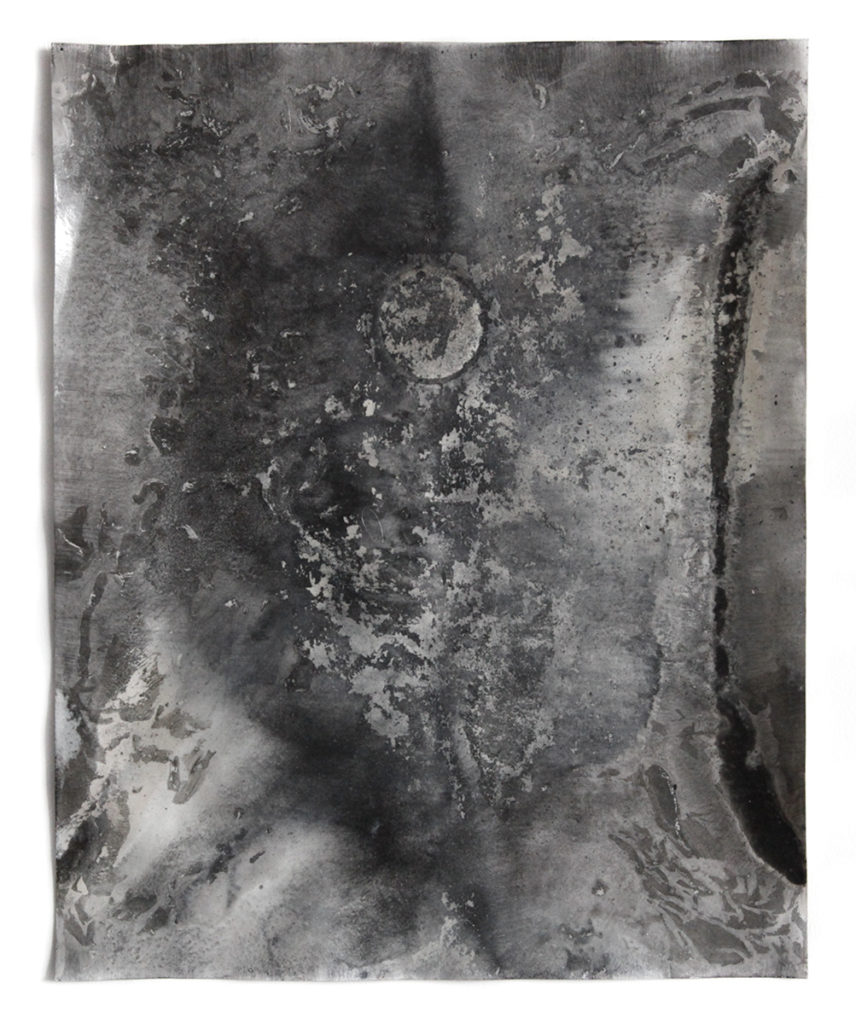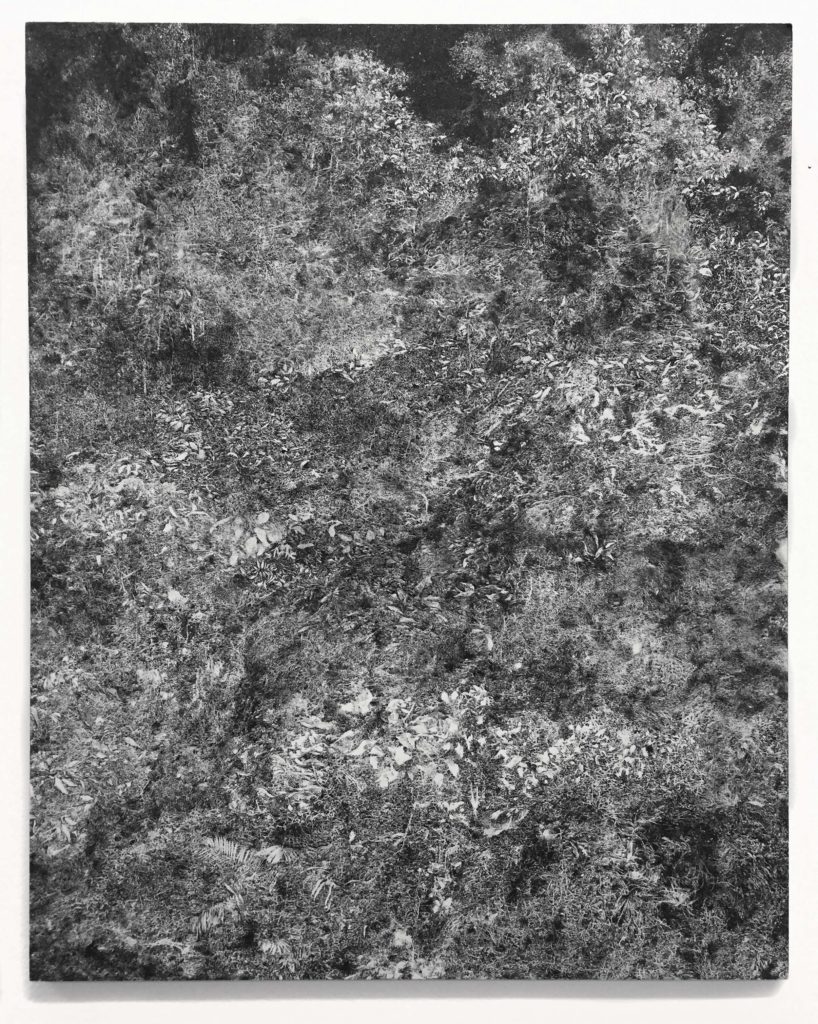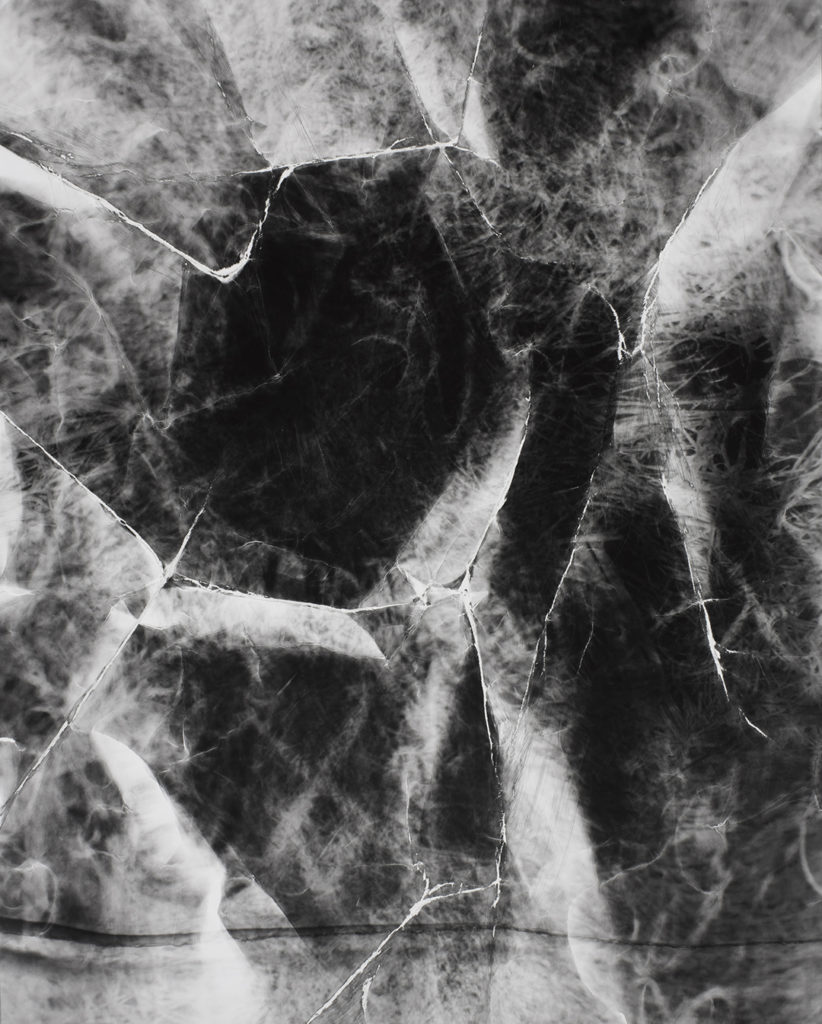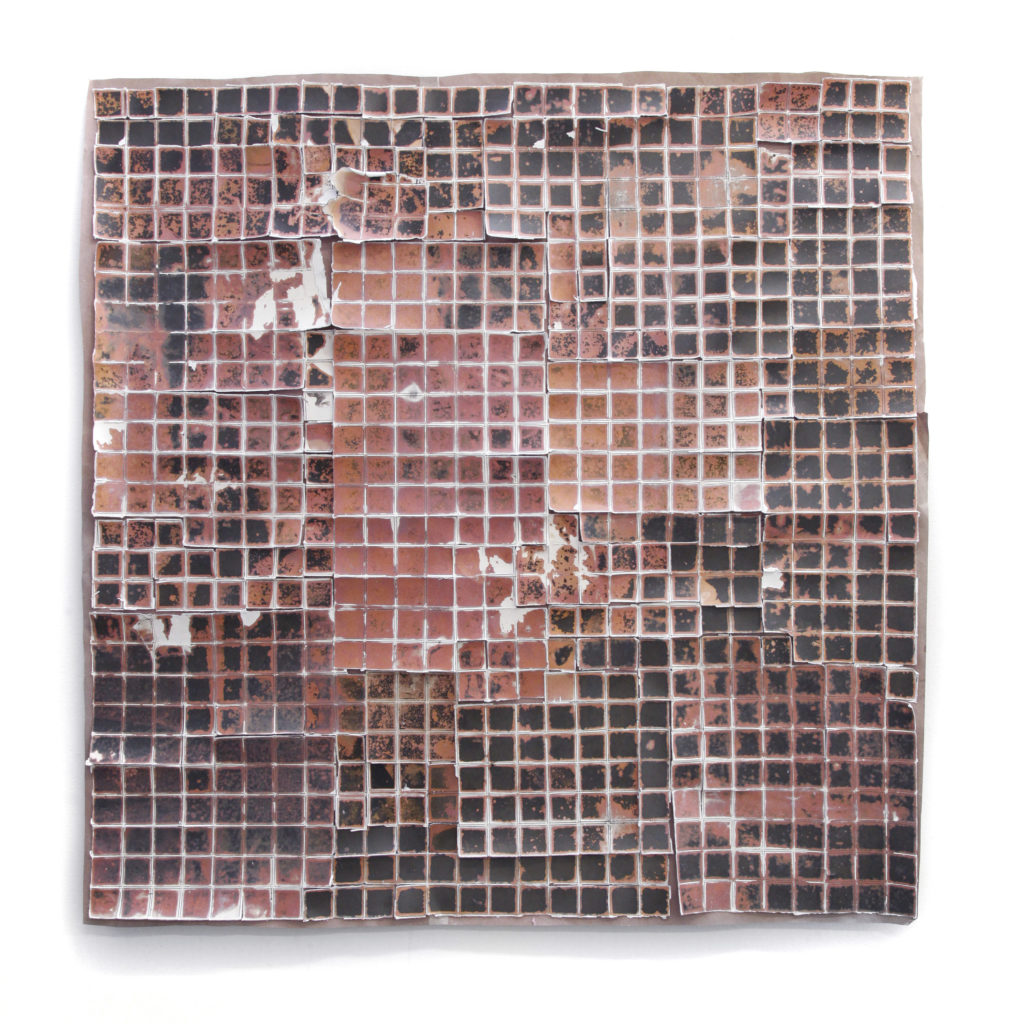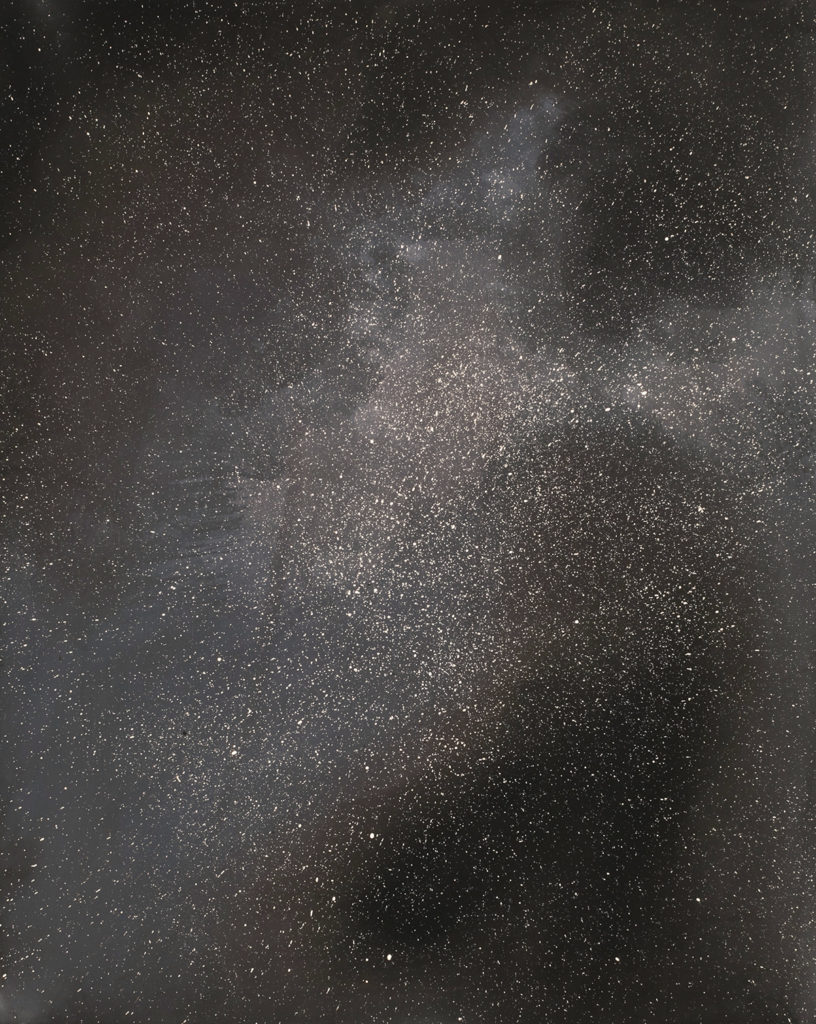Interview with Antonia Kuo by Sasha Louis Bush
SLB: I’m interested in your chemigrams, but before asking more about them, I’d like to know how film and photography entered your practice. It seems that for a while you mostly engaged in drawing?
AK: Drawing was the core of my practice for a long time. I’ve always engaged with photography, but didn’t consider it fully integrated into my process until something like the last several years. In 2013, I studied in an intensive year-long program at ICP with the express goal in mind that I wanted to meld my photography and drawing/painting practice. I focused almost entirely on working experimentally in the darkroom, making exposures of paintings, reworking large-scale silver gelatin prints with painting and sanding, etc. I also began to make a large body of chemigram works, a process I am still exploring. I’ve also made 16mm films utilizing direct filmmaking processes and animation.
SLB: When looking at one of your drawings, I am provided with such a vast array of information that I cannot take it in all at once. The pleasure comes from sitting with it to let my eyes roam from edge to edge. How do you see your films in relation to this type of vision?
AK: Although the moving image works have a much more frenetic pace, they are also geared toward creating an immersive experience not dissimilar from my drawings. The act of looking activates the drawing and its latent motion; I was interested in depicting dense, ambiguous systems with no real focal or resting point. The films function similarly in that the pacing and rhythm of them factor into how vision unfolds and processes the image activated by the light of the projector.
SLB: Returning to the work you started at ICP, the chemigrams, can you explain how they are made?
AK: The chemigrams are exposed silver gelatin paper (cut free-hand from large-scale rolls) that I prepare in a multitude of ways, often with various resists or masking agents, and then I process them in a range of photographic chemistry. Each chemigram I make involves an inherently variable process, which is an important aspect for me personally; I enjoy the experimentation, and the inconstant soup of feeling surprise, excitement or disappointment. The conditions for making the work vary in themselves, as it is difficult to control things like how much the paper is exposed to light, the chemistry’s temperature, dilution, and contamination, etc. After years of making this kind of work, in some ways it has been a conditioning to let go of control or expectations, as I’ll see one work rapidly transform multiple times in its making; I’ll lose the beautiful yellow or blue, and in drying, it will always turn out differently, for better or worse, than I had expected.
SLB: By its nature, chemigrams involve a process of concealing or revealing information. Many of your pieces are covered by looser brushstrokes or what appear to be fingerprints. Can you tell me about your thinking as it relates to this decision of what to conceal and what to reveal?
AK: I’m interested in photography’s concrete ability to record—light, time, space and materials. I utilize the silver gelatin paper to record my actions and impressions of objects. The compositions are sometimes very deliberate and planned, other times the preparations before processing are like shots in the dark. The chemistry picks up the task of concealing and revealing after these initial actions, and dictates how areas develop and define themselves, changing with the passage of time.

